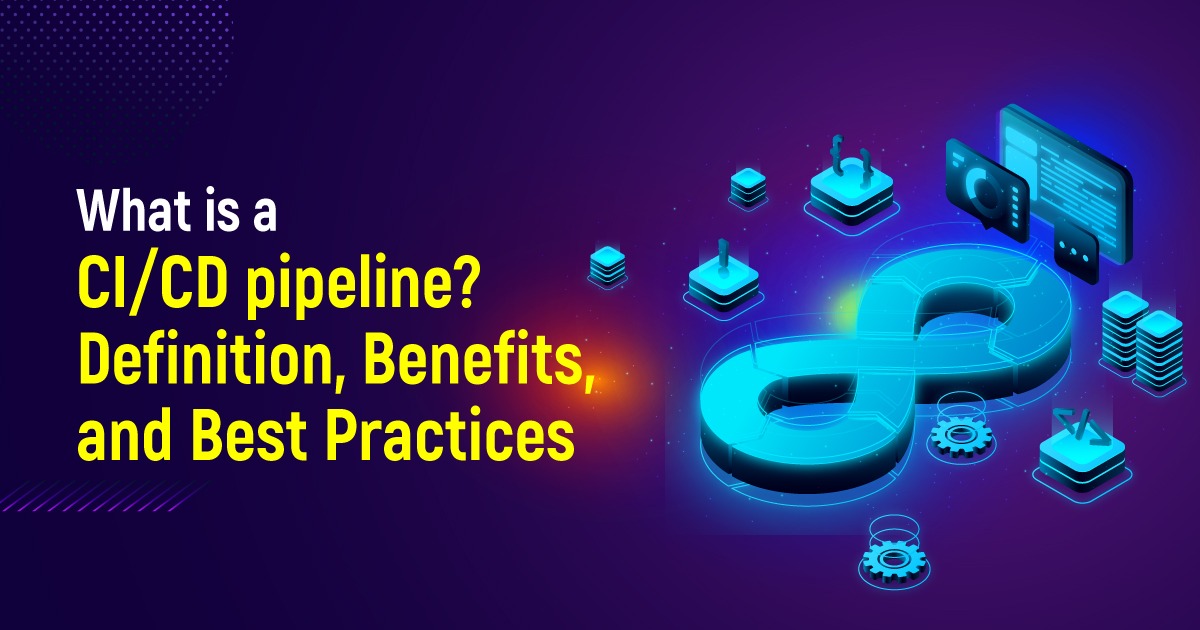Continuous Integration (CI) focuses on frequently merging code changes from multiple developers into a shared repository. It involves automatically building and testing the integrated code to detect integration issues early in development.
Continuous Delivery (CD) extends CI by automating the release and deployment processes. It ensures that software is always in a deployable state, ready for production release. CD pipelines automate tasks such as packaging, environment provisioning, and deployment.
Components of a CI/CD Pipeline
Source Code Repository:
A source code repository, such as Git or SVN, is the central location for storing and versioning the application code. Developers commit code changes to the repository, triggering the CI/CD pipeline.
Build Automation:
Build automation involves compiling the source code, resolving dependencies, and generating executable artifacts or deployment packages. Build tools like Jenkins, Travis CI, or GitLab CI/CD automate this process, ensuring consistent and reproducible builds.
Testing:
Testing is a critical component of the CI/CD pipeline. Unit tests, integration tests, and other types of automated tests are executed to verify the functionality, performance, and reliability of the software. Test frameworks, such as JUnit or Selenium, are often integrated into the pipeline.
Deployment and Release Automation:
Once the software passes the tests, the deployment and release process begins. Infrastructure provisioning, environment configuration, and deployment to staging or production environments are automated to achieve consistent and error-free deployments. Tools like Ansible or Kubernetes assist in this stage.
Monitoring and Feedback:
Continuous monitoring and feedback mechanisms enable teams to gain insights into the application’s performance and usage in real time. Monitoring tools like Prometheus or New Relic provide visibility into metrics, logs, and user feedback, enabling teams to identify and address issues promptly.
Benefits of CI/CD Pipelines
Accelerated Time-to-Market:
CI/CD pipelines enable rapid and frequent software releases, reducing time-to-market and enabling organizations to respond quickly to market demands. Improved Software Quality: Automated testing and code validation ensure that each code change is thoroughly tested, reducing the likelihood of introducing bugs and regressions. This leads to higher software quality and increased customer satisfaction.
Increased Team Collaboration:
CI/CD pipelines promote collaboration among development, QA, and operations teams. The pipeline acts as a shared workflow, facilitating code integration, testing, and deployment activities, fostering a culture of collaboration and shared responsibility.
Risk Mitigation:
By automating repetitive tasks and enforcing best practices, CI/CD pipelines minimize human error and mitigate risks associated with manual software delivery and deployment processes.
Best Practices for CI/CD Pipelines

Version Control:
Utilize a robust version control system and adopt branching strategies to manage code changes effectively and ensure a reliable codebase.
Test Automation:
Invest in comprehensive test suites and automate testing processes to detect issues early and ensure a stable software release.
Infrastructure as Code:
Leverage Infrastructure as Code (IaC) tools like Terraform or CloudFormation to provision and manage infrastructure, ensuring consistent and reproducible environments across the pipeline.
Continuous Monitoring:
Implement robust monitoring and alerting systems to proactively identify and address performance bottlenecks, security vulnerabilities, and other operational issues.
Conclusion
CI/CD pipelines have revolutionized software development and delivery by automating critical processes, improving efficiency, and enhancing software quality. Organizations that embrace CI/CD pipelines can benefit from accelerated time-to-market, increased collaboration, and reduced risks associated with manual processes. By implementing best practices and leveraging appropriate tools, teams can streamline their software delivery and deployment processes, unlocking the full potential of CI/CD pipelines in their development workflows.












